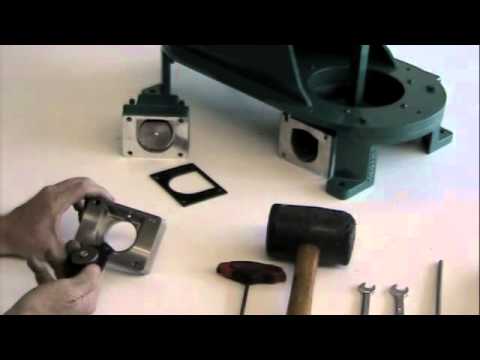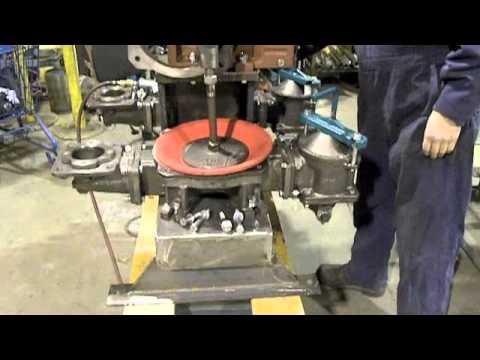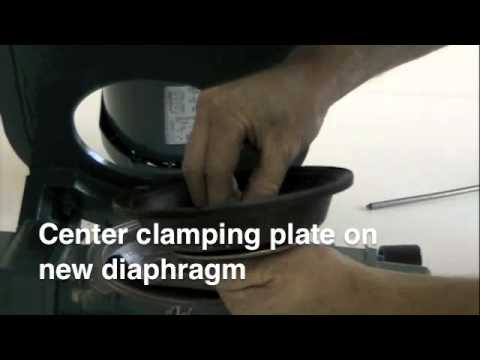Maintenance: Pump Receiving
When Your Pump Arrives
- Wastecorp's pump shipping container has been specifically designed to prevent transit damage
- However, upon receipt of the shipment, check carefully to make sure that all equipment has been received and has not been damaged in transit
- Report any damages to the carrier or directly to Wastecorp Pumps without delay by telephone 1.888.829.2783 or e-mail techsupport@wastecorp.com
- Damage must we reported within 24 hours to the transit carrier to initiate a claim
Recommended Precautions: Pre-start of Your Diaphragm Pump
- Do not turn speed control wheels on variable speed drives unless the motor is running
- Avoid system pressures that may exceed one and a half times the operating point selected from the pump performance curve.
- To prevent rupture of castings, gaskets or diaphragms, always install a by-pass line or relief valve on the discharge side of any positive displacement pump when a throttled discharge is required
- No modifications, additions or deletions should be made to the pump, without prior approval of the factory
- Prime movers powering the pumps may operate at high temperatures and to avoid burns–keep hands off mufflers and manifolds
- Should the fluid temperature rise more than 50°F above ambient, expansion joints must be installed on both the suction and discharge ports to relieve any stress on the pump casing
- All electrical wiring of the pump installation must be done by a licensed electrician who will observe local electrical codes
- All motors require a magnetic starter with current over-load protection
- Do not re-fill engine fuel tank while power unit is running
- Prevent splashing of gasoline or other fuel while filling supply tank
- In systems containing discharge check valves, gate valves, etc., pump will not prime against closed valve
- Check the discharge valves making sure they are open before attempting to start pump. If there is a possibility of air being entrapped in the pump casing, install an automatic venting device to bleed off the air
- Mud Sucker pumps are designed primarily for water, wastewater and debris laden pumping applications
- Consult your owners manual for recommended precautions to take before pumping other liquids
- Drain casing completely when servicing pump handling volatile or harmful liquids
- Do not use pump in a combustible atmosphere
- Make periodic checks of the tightness of suction and discharge pipe, drain, filler plug and pump gaskets
- Check tightness of gasoline tank filler cap each time tank is filled
- Operation should not proceed until all of the above items have been checked and are tight
- After servicing the pump, always install the coupling guards, belt guards and other safety devices as originally found prior to disassembly
 Learn how to change the flapper valves on a Mud Sucker 2FA Series watch video
Learn how to change the flapper valves on a Mud Sucker 2FA Series watch video  See the correct way to change a diaphragm on a Mud Sucker 2FA Series watch video
See the correct way to change a diaphragm on a Mud Sucker 2FA Series watch video  Professional diaphragm pump maintenance is easy for your B Series pump watch video
Professional diaphragm pump maintenance is easy for your B Series pump watch video